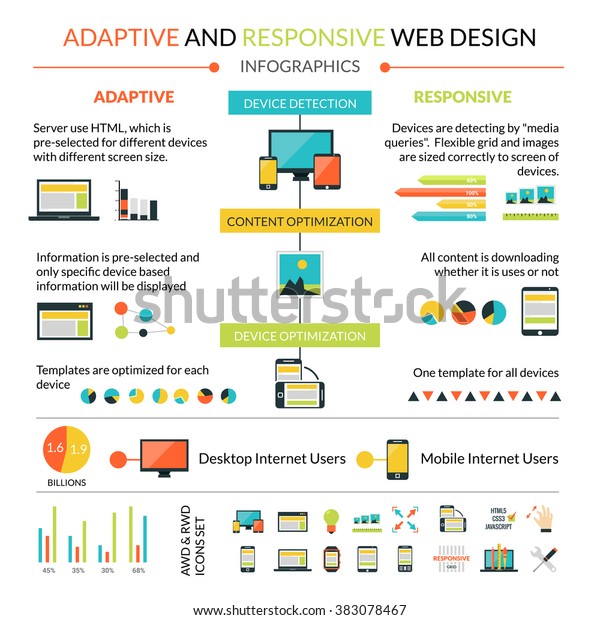Fascinated In Finding Out Just How Website Style Has Developed For Many Years? Check Out The Trip From Standard, Simple Designs To User-Centric User Interfaces That Prioritize The Visitor'S Experience
Fascinated In Finding Out Just How Website Style Has Developed For Many Years? Check Out The Trip From Standard, Simple Designs To User-Centric User Interfaces That Prioritize The Visitor'S Experience
Blog Article
Composed By-Carstens Bowles
In the past, websites were simple and concentrated on details. Navigating was direct, and style was for desktop computers. Currently, customer experience is vital. Data guides styles for easy navigation. Receptive formats suit different tools. Today, dark mode minimizes stress, and minimalist food selections boost navigating. Interactive features engage customers, and vibrant visuals stand apart. AI combination improves engagement. See just how layout has actually evolved to enhance your on the internet journey.
Very Early Days of Web Design
In the very early days of web design, simpleness reigned supreme. Suggested Reading were fundamental, with restricted colors, typefaces, and layouts. The focus got on giving details instead of fancy visuals. Customers accessed the net via slow-moving dial-up connections, so rate and functionality were essential.
Navigating menus were straightforward, commonly located at the top or side of the page. Web sites were designed for computer, as mobile browsing wasn't yet widespread. Material was king, and developers prioritized very easy readability over complex style components.
HTML was the primary coding language made use of, and designers needed to work within its restrictions. Animations and interactive features were minimal compared to today's standards. Websites were fixed, with little dynamic web content or personalized individual experiences.
Rise of User-Focused Layout
With the evolution of website layout, a change towards user-focused design concepts has come to be significantly popular. Today, producing internet sites that prioritize individual experience is essential for involving visitors and attaining company objectives. User-focused style includes comprehending the requirements, preferences, and behaviors of your target audience to customize the site's format, web content, and features as necessary.
Designers now carry out comprehensive study, such as individual surveys and functionality screening, to collect insights and comments directly from individuals. This data-driven technique helps in developing instinctive navigation, clear calls-to-action, and visually enticing interfaces that reverberate with site visitors. By putting the user at the center of the layout process, internet sites can deliver a more customized and pleasurable experience.
Receptive layout has also emerged as an essential element of user-focused design, making sure that web sites are maximized for different gadgets and display dimensions. This adaptability enhances availability and usability, accommodating the diverse means individuals interact with internet sites today. Fundamentally, the rise of user-focused design represents a shift towards producing electronic experiences that focus on the needs and assumptions of the end user.
Modern Trends in Website Design
Discover the current fads forming web design today. One popular trend is dark mode layout, using a streamlined and modern-day appearance while lowering eye stress in low-light atmospheres. Another crucial fad is minimal navigating, streamlining menus and boosting user experience by concentrating on essential elements. Including micro-interactions, such as computer animated switches or scrolling results, can develop a much more appealing and interactive site. Responsive design remains essential, making certain seamless user experiences across different gadgets. Furthermore, using bold typography and unbalanced formats can add aesthetic interest and draw attention to details content.
Integrating AI technology, like chatbots for consumer assistance or tailored suggestions, improves user interaction and improves processes. Ease of access has additionally become a substantial fad, with developers focusing on comprehensive layout techniques to satisfy varied individual needs. Accepting sustainability by maximizing website performance for speed and effectiveness is another emerging trend in web design. view it with user feedback and data analytics to repeat and improve style continuously is vital for remaining pertinent in the ever-evolving electronic landscape. By accepting these contemporary trends, you can produce an aesthetically attractive, easy to use internet site that reverberates with your target market.
Verdict
As you reflect on the advancement of site style from the very early days to now, you can see just how user-focused design has actually come to be the driving pressure behind modern patterns.
Welcome the trip of change and adaptation in website design, constantly keeping the user experience at the forefront.
Remain existing with the most up to date fads and modern technologies, and never ever stop progressing your method to create aesthetically magnificent and easy to use internet sites.
Evolve, adapt, and develop - the future of website design is in your hands.
